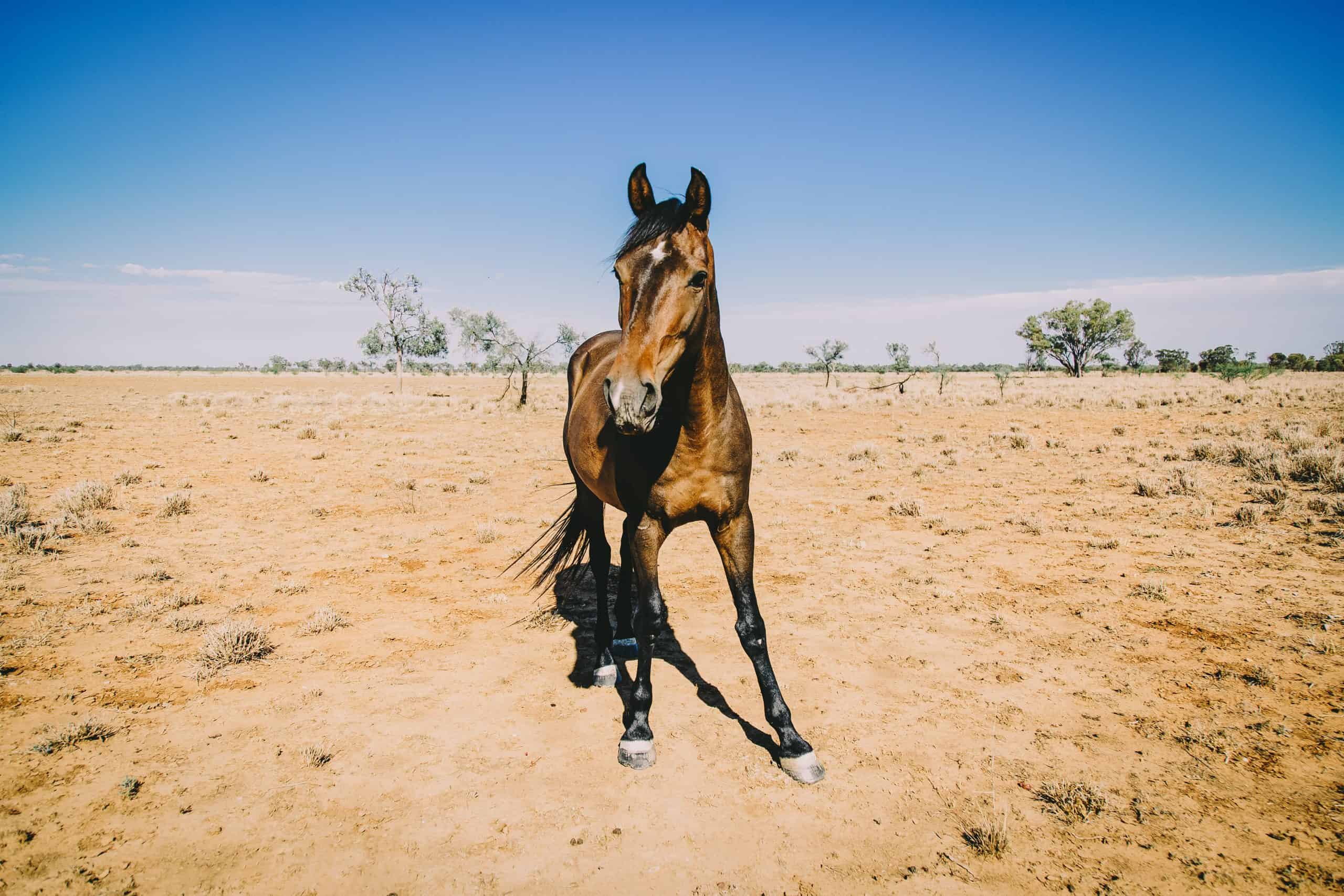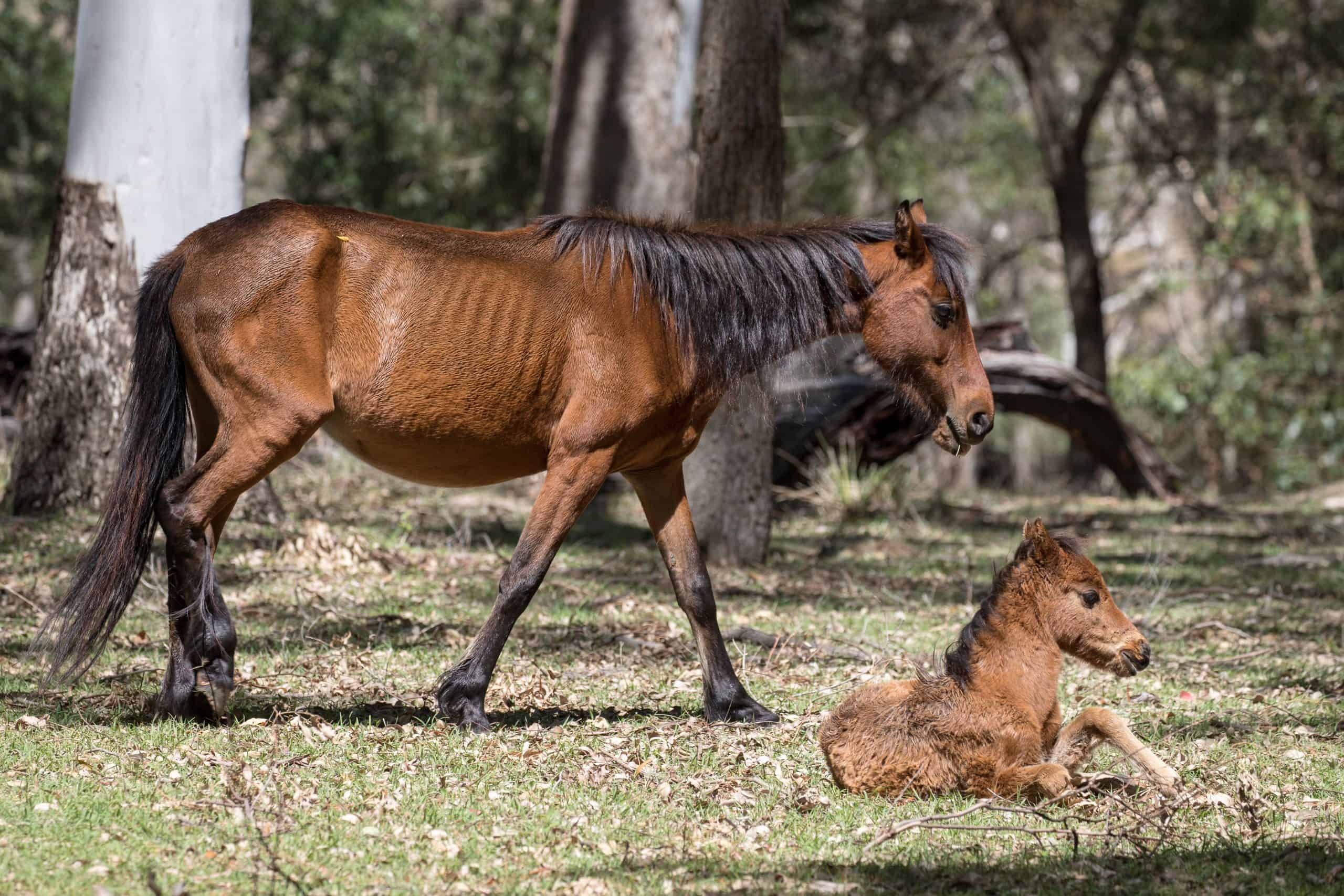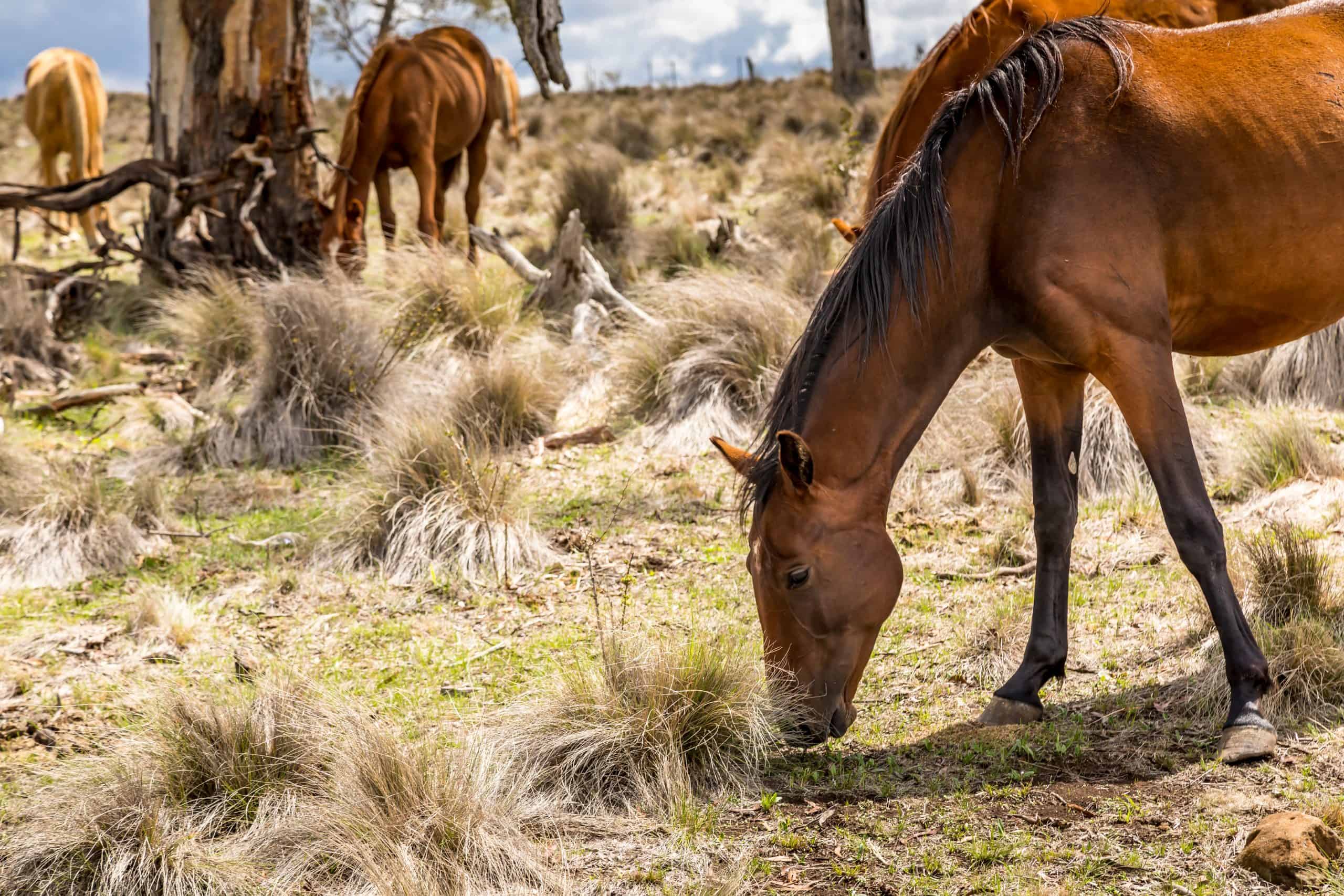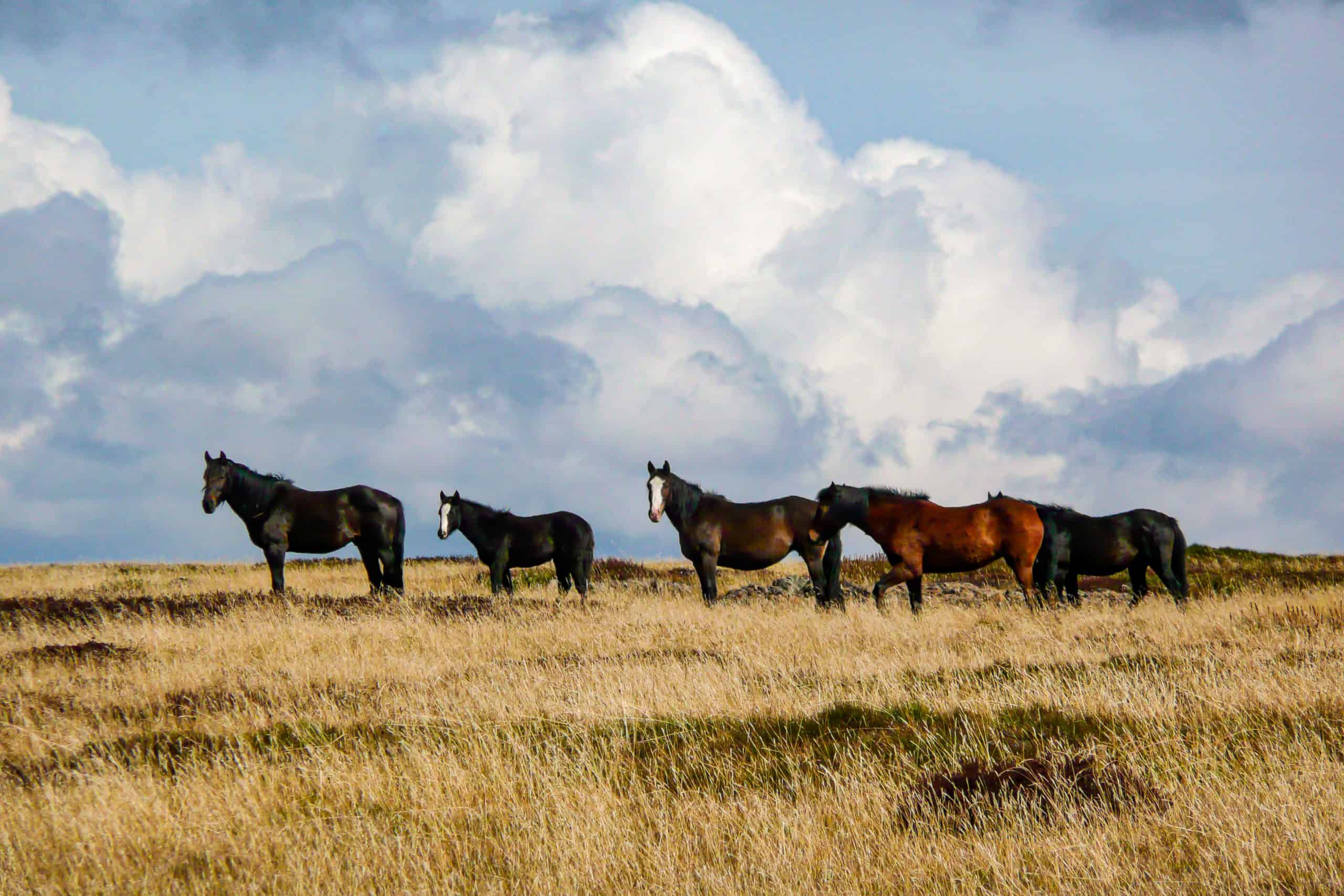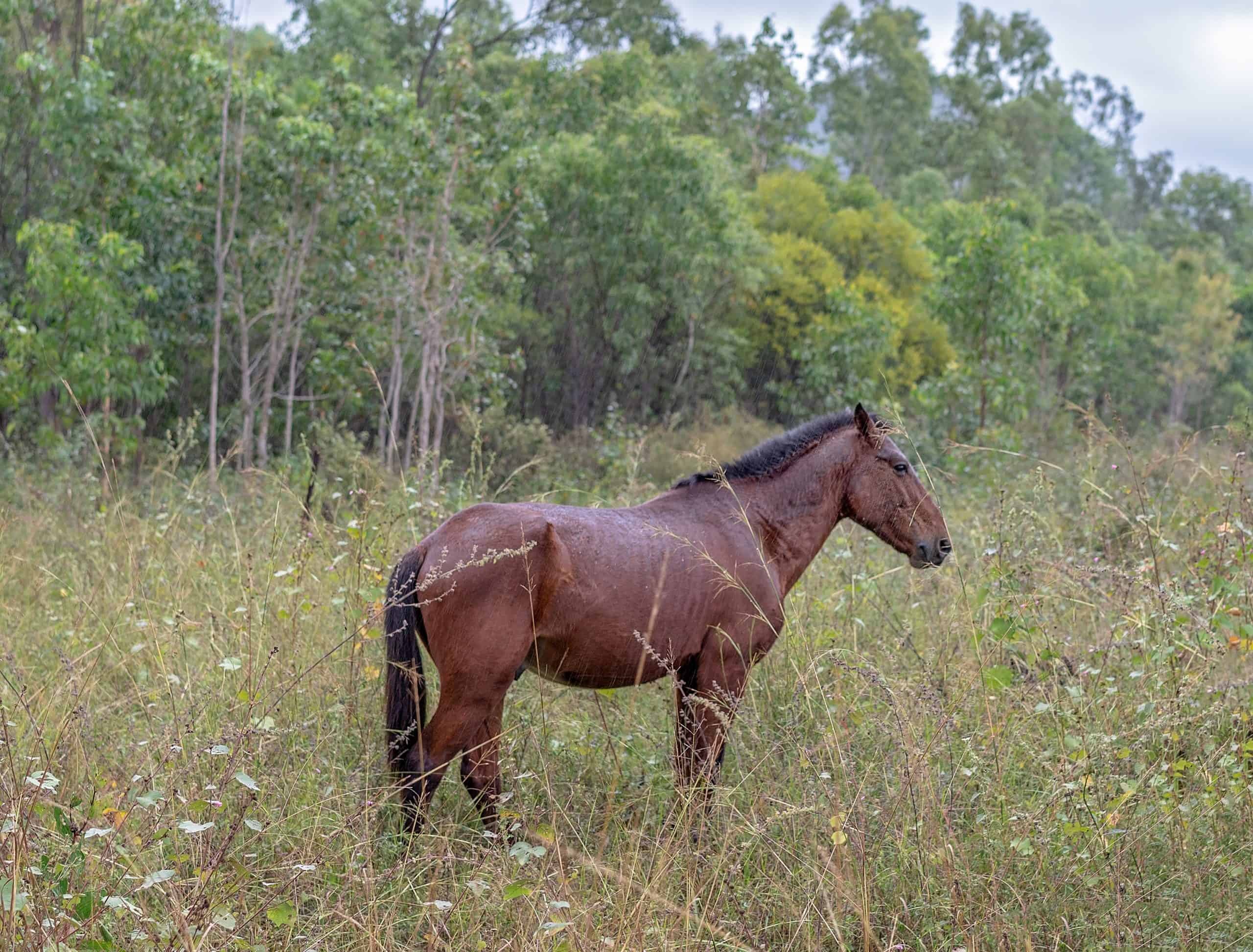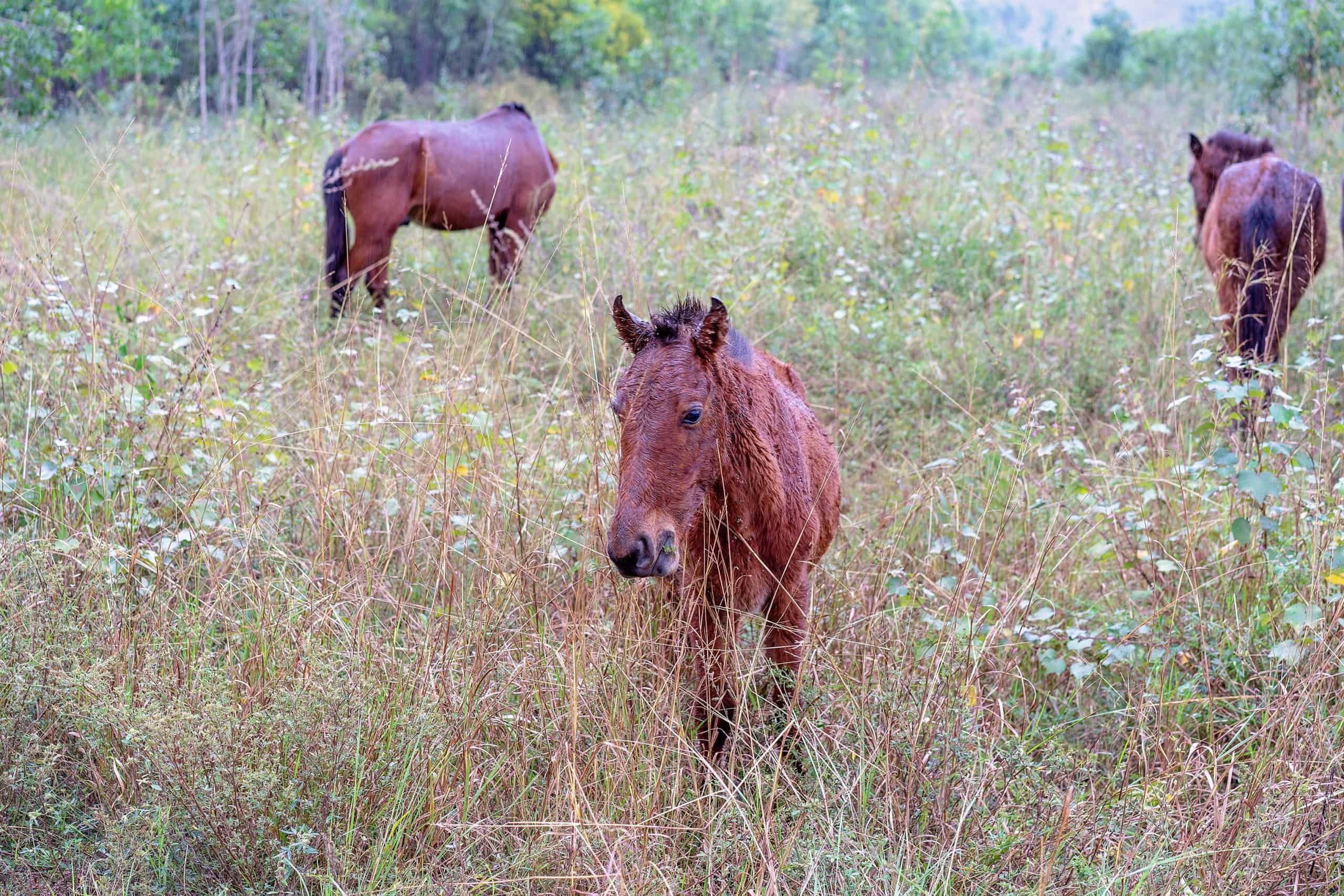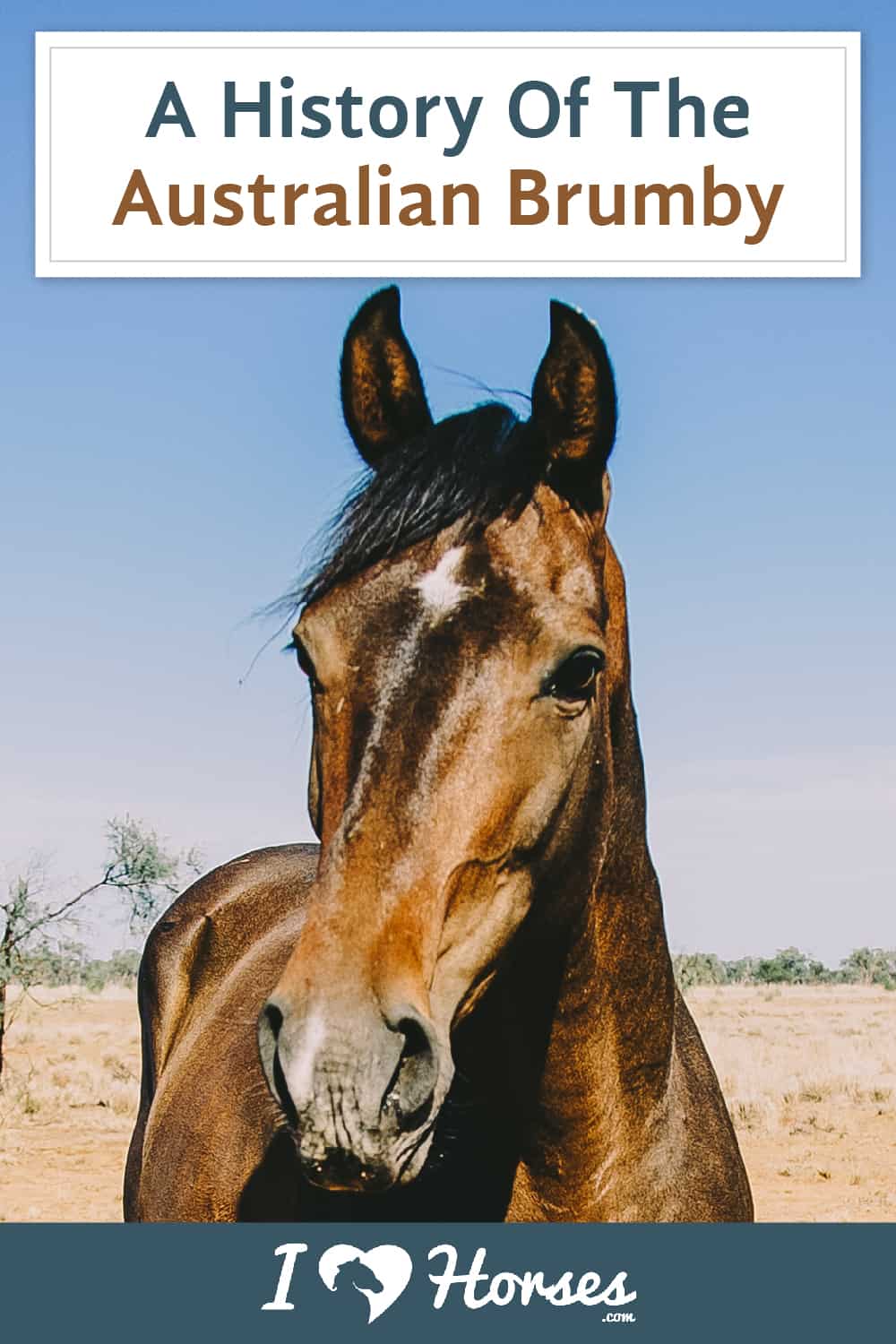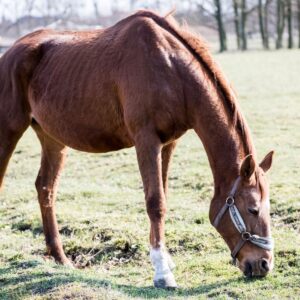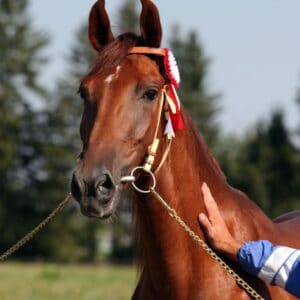The term Brumby refers to the wild Australian horse that is most commonly found in the Australian Alps, Northern Territory and Queensland today. With these feral horses in the news recently, we decided to take a closer look at how they came to be and what makes them unique. Continue reading for information on the history of the Brumby and some fascinating facts about them.
Brumby History
These feral horses are not native to Australia. In fact, they are descended from escaped, imported horses dating back to the early European settlers. The strongest and most physically resilient horses survived the arduous journey to Australia from various continents by sea. This is partly why the Brumby has flourished so well.
Prior to the European settlement in the 1800’s, no horses were native to Australia. This is due to the harsh and unforgiving natural environment that is largely unsuited to hoofed grazing animals. Over years, Brumbies have become well adapted to the Australian habitat, which is why they can be found in various areas. These areas include wetlands, forests, rocky ranges, tropical grasslands and more. The Australian Brumby exists in every state and territory, with the exception of Tasmania.
How The Brumby Got Its Name
The Brumby is thought to have inherited its name from James Brumby. He was a solider and farrier who arrived in Australia in 1791.
Bloodlines
The Australian feral horse’s bloodlines combine a varied group of breeds. These include the Thoroughbred, Irish Draft, Arabian, British Pony, Australian Draft, amongst others. Due to this, the Brumby has been domesticated in cases and has excelled in various equestrian activities from show jumping to trail riding. The decision to turn its hoof to many disciplines is owed to its athletic ability and trainable nature.
Brumbies have often been captured. In many cases, they have been trained to become reliable riding horses and kind companions, as well as competitors. Because of the lack of knowledge of the initial settlers who came to Australia, Brumbies were forced to fend for themselves in unnatural habitats. Today, they are renowned for their hardiness and intelligence. The Brumby became a popular warhorse during World War I and II and the Boer War. However, as industry progressed and the demand for horses decreased, the population of feral horses has increased significantly.
Their Presence In Art And Media
Many people in Australia and the wider world see the Brumby as an Australian icon, a national symbol. The Brumby has been featured in many novels, paintings and films and has captured the imaginations of many. AB ‘Banjo’ Paterson, an Australian bush poet, journalist and author, famously wrote ‘Bumby’s Run’ and ‘The Man from Snowy River’. Australian author Elyne Mitchell wrote a collection of popular children’s books called ‘The Silver Brumby.’ These books were treasured by many and were made into a movie, which starred Russell Crowe and Caroline Goodall. The Brumby has also been used as an emblem by the ACT Brumbies, a rugby union team from Canberra.
The Brumby Population
These free-roaming horses have no known predators. This contributes to the widespread growing population of the feral horse in Australia. The Australian Brumby is reported to have a population of at least 400,000 throughout. It is estimated that the population increases by 20% year on year. Although the Brumby is widely considered to be of economic and cultural value, the damage caused to the vegetation and the impact that their roaming has on the environment in such numbers is detrimental. This is why the management of the Brumby has became a controversial and complex discussion.
A Controversial Horse
The Australian Brumby has become a widely reported issue in the news in recent years. This is because people are divided on the subject matter of culling the population of the Australian Brumby to minimize the environmental damage caused and control the growing population. A bitter debate surfaced in 2017 and 2018 upon the proposition of the culling. Many felt that the horses are a beautiful aspect of the Australian landscape and national symbol of its rich history. A group of campaigners succeeded in passing a law to prevent the cull of the horses in Kosciuszko National Park in 2018. However, just a year later, people were still searching for an answer to the increasing population of the horses.
Australia suffers extremely high rates of plant and animal extinction. Large mobs of Brumbies have moved into untouched areas, leading to a substantial impact on the landscape. Many scientists and professors have warned that the Alpine environment is particularly sensitive to damage. This is due to the fact that it evolved without hoofed animals before settlers arrived. Therefore, native plants and creatures have not had time to adapt to the roaming of Brumbies.
The aerial culling by helicopter that many propose as the only option is rejected by large groups of people that hold the Brumby dear. People have asserted that it would take numerous shots to kill a horse from a moving helicopter. They have expressed that this is a cruel and barbaric method of controlling the population. On the opposing side of the argument, it is advised that alternatives to aerial culling include exist. These alternatives include trapping, rehoming and fertility control. However, these are thought of as ineffective and expensive.
Recent News
In May 2020, the Federal Court in Victoria has dismissed welfare and heritage concerns and ruled that the culling of Brumbies in Victoria’s Alpine National Park will go ahead, deciding that Brumbies will not be protected. The long-term programme of trapping and rehoming will continue alongside ground-based shootings with veterinary assistance. The decision has caused widespread distress amongst Brumby lovers in Australia and the wider world. The Australian Brumby Alliance has described the decision as ‘devastating.’ Efforts to protect the Brumby has predominantly came from the New South Wales government. In 2019, they introduced a law to protect Snowy Mountains Brumbies for cultural and heritage reasons.
However, NSW and Victoria research has found that the population of Brumbies in Alpine parks has doubled in the last five years. Additionally, the RSPCA have expressed their support of the culling. They emphasized that the ground shooting of Brumbies in Australian high country is necessary to manage the population of all wild animals. The RSPCA are of the opinion that the practice of independently audited professional shooters exercising lethal ground control should run alongside other non-lethal methods of population control such as enclosure fencing.
The Brumby continues to be a treasured cultural symbol of Australia. Supporters of the protection of the horses continue to work to ensure the longevity and welfare of the horses. However, major concerns over the environment and other species of wildlife are at the forefront of the argument that increasingly sparks conflict.
How do you feel about Brumby population and the controversy surrounding these fascinating horses? Let us know in the comments below!
Horse Courses by Elaine Heney
- Listening to the Horse - The Documentary by Elaine Heney & Grey Pony Films
- Shoulder In & Out Training for better balance, bend & topline development with your horse
- Over 110+ Polework Exercises & Challenges to Download
- Dancing at Liberty & Creating Connection with Your Horse (11 lessons) - Grey Pony Films
Written by Anna Wilson

